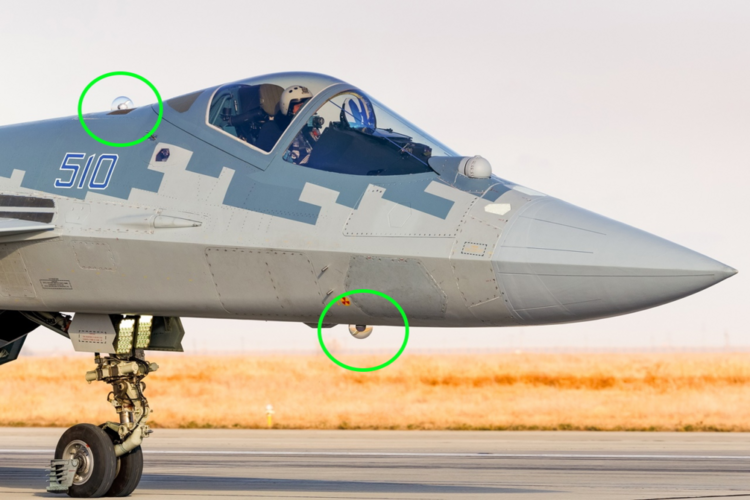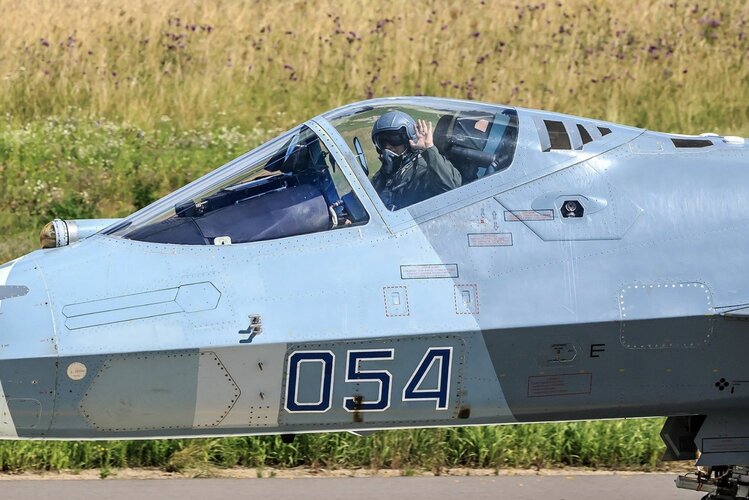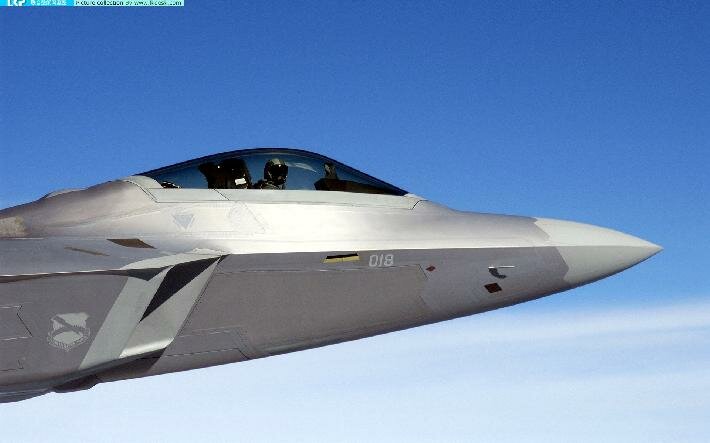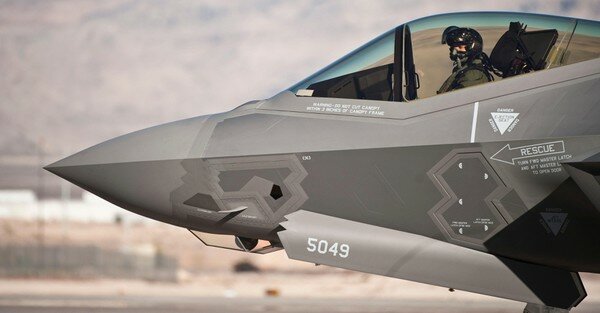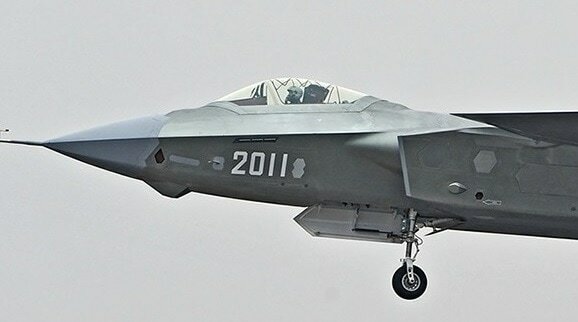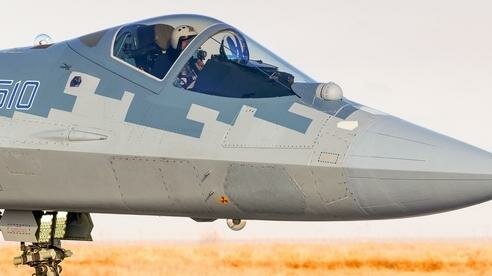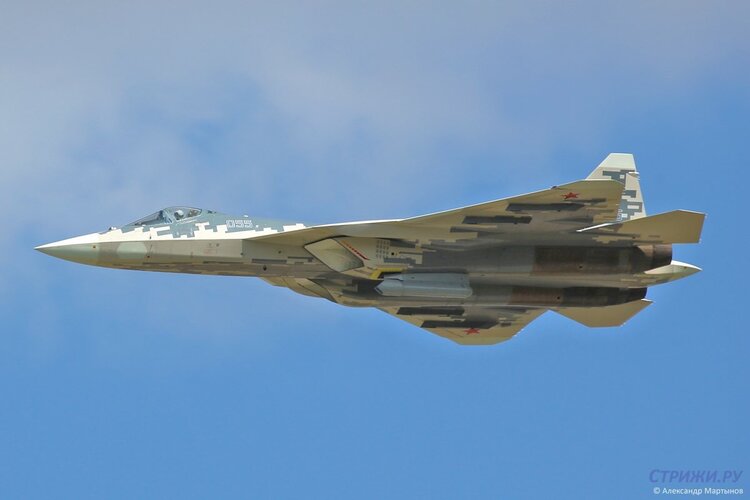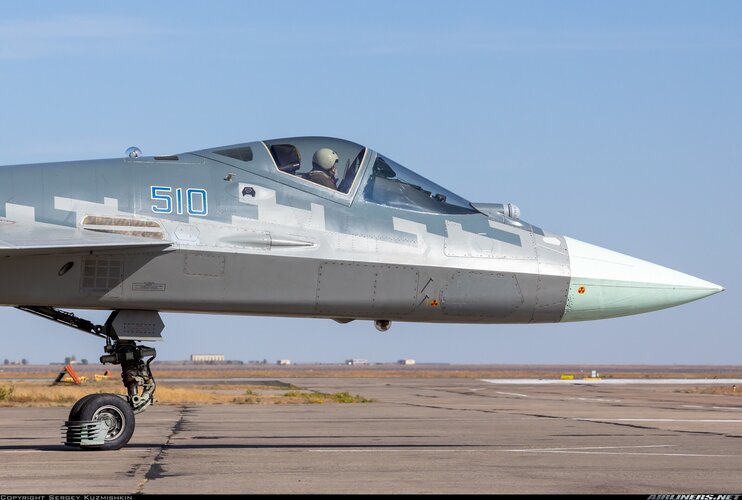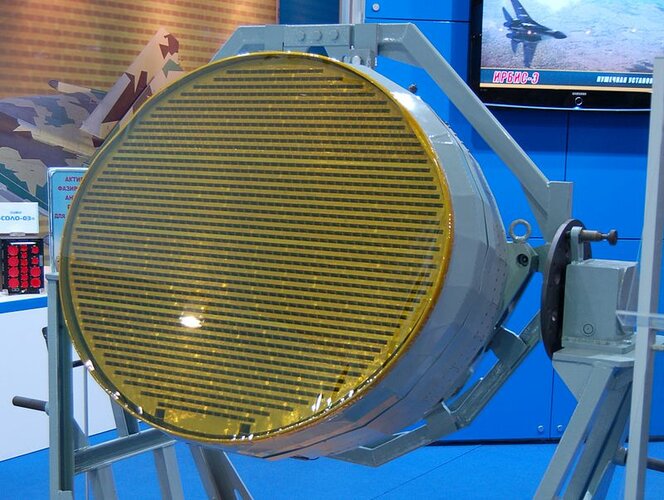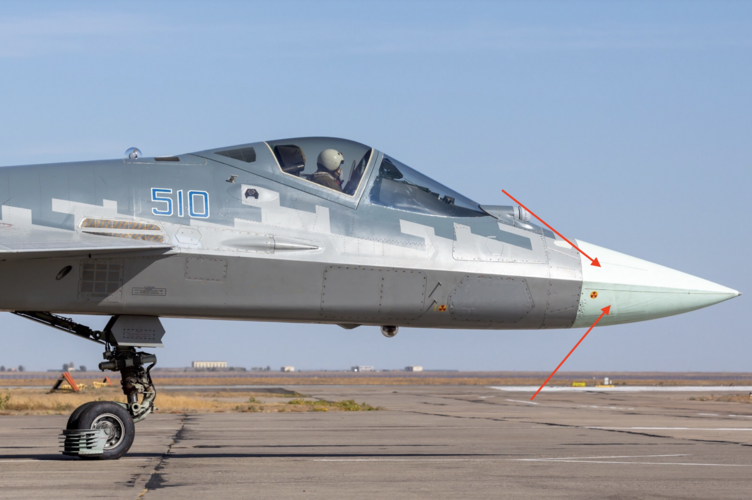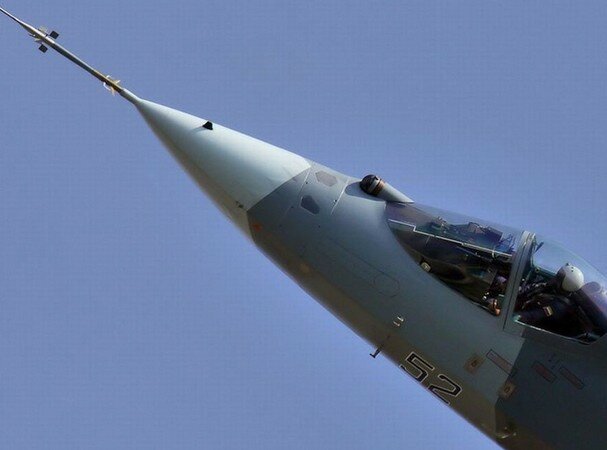Technical field
The invention relates to a device for placing the target load inside vehicles, in particular to the cargo compartment of an aircraft for placing rockets and bombs or other dropped cargo on board the aircraft.
State of the art
From US Pat. No. 4,637,292 A, publ. 01/20/1987, a cargo compartment is known with a rotary launcher that provides the withdrawal of missiles or bombs (rocket and bomb load) through a limited hatch opening. The proposed arrangement of goods requires a sufficiently large volume of the cargo compartment, a significant part of the transverse dimension of which is occupied by the mechanism for turning the goods. With such a radial arrangement of cargoes, a significant part of the usable volume of the compartment, namely the sector of the cross section of the compartment between the cargoes, is not used in any way. An increase in the cross-sectional area of the compartment due to the placement of a rotary rotary launcher and unused volumes entails an increase in the midsection of the fuselage and an increase in mass due to the use of the turning mechanism, which worsens the acceleration characteristics of the aircraft.
From US Pat. No. 4,702,145 A, publ. 10/27/1987 a cargo compartment with a vertical arrangement of missiles in one row, one above the other, is known. This type of weapon placement requires an increased height of the fuselage and the use of measures to reduce the vibroacoustic effect on the rear wall of the compartment, which entails an increase in the weight of the aircraft and a deterioration in its performance. The two methods of cargo placement considered above have a significant drawback: in the event of a failure of the mechanism for supplying cargo to the opening of the hatch of the cargo compartment, it is not possible to use the serviceable cargo remaining on board the aircraft, which can disrupt the take-off task.
From US Pat. No. 4,697,764 A, publ. 10/06/1987 the cargo compartment is known, in which the rocket and bomb load is placed in one row in width. With this method of placement, the number of missiles or bombs is determined by the width of the opening of the cargo compartment, and the use of each cargo may not depend on the use of the others, because. all cargoes in the compartment are in a position that allows them to be launched or dumped immediately after opening the doors of the cargo compartment. However, with this method of cargo placement, if it is necessary to increase the missile and bomb load, even with the presence of internal volumes of the aircraft sufficient for this, it is necessary to increase the width of the fuselage to provide the required width of the compartment hatch opening. Such a modification of the aircraft also leads to an increase in its midsection and mass, and leads to a deterioration in the accelerating characteristics of the aircraft.
Disclosure of the Invention
The objective of the proposed invention is to place the maximum amount of cargo in the cargo compartment of the aircraft without increasing the midsection of the fuselage of the aircraft and with a minimum increase in the weight of the aircraft.
The technical result of the claimed invention is to increase the missile and bomb load of the aircraft, by filling the cargo compartment of the aircraft with the maximum amount of cargo with the possibility of launching or dropping cargo through a limited opening of the hatch of the cargo compartment, without increasing the midsection of the fuselage of the aircraft and maintaining the minimum mass of the aircraft.
The proposed design of the cargo compartment, embodied in its elements and their mutual arrangement, ensures the preservation of the most optimal geometric characteristics of the cargo compartment (minimum height and close to optimal ratio of width to length of the cargo compartment) in terms of levels of vibroacoustic loading on the cargo compartment structure from the impact of the oncoming flow.
In addition, the proposed arrangement of goods, implemented by the design of the cargo compartment, provides the possibility of using, i.e. launch or release, most of the loads in the event of a failure of the starting device of the holder of one or more of the loads.
The technical result is achieved by the fact that the cargo compartment of the aircraft, having a width greater than the opening of the hatch of the cargo compartment, contains holders of dropped cargoes, while at least one holder of dropped cargoes is fixedly mounted on the upper wall of the cargo compartment opposite the opening of the hatch of the cargo compartment and at least one load holder is installed outside the opening of the cargo compartment on a turntable, while the turntable is made rotatable around the longitudinal axis of rotation by means of a drive for the transition of the cargo placed on it to the position for the safe separation of the cargo, opposite the hatch opening of the cargo compartment.
In one of the embodiments, the cargo compartment contains at least several holders of dropped cargoes installed motionlessly on the upper wall of the cargo compartment opposite the cargo compartment hatch opening and at least two cargo holders installed outside the cargo compartment opening on turntables.
In one of the embodiments, the cargo compartment contains at least two turntables for placing holders with loads on them.
In one embodiment, the cargo compartment additionally contains a mechanism for fixing the turntable in one or more of its positions, working and/or
or non-working positions, in order to increase the rigidity and / or strength of the structure during start-up or dumping of cargo and / and transportation.
In one of the embodiments of the cargo compartment, the turntable for placing a holder with a load on it is built into the design of the cargo compartment of the aircraft.
In one of the embodiments of the cargo compartment, a turntable for placement on it of the holder with the load is made removable.
In one of the embodiments of the cargo compartment, the turntable drive for turning the platform from a non-working position to a working position and vice versa is a hydraulic drive, a pneumatic drive, an electric drive, or a combination of these types of drives.
In one of the embodiments of the cargo compartment, each turntable for placing a holder with a load on it has an independent drive.
In one of the embodiments of the cargo compartment, part of the turntables from the total number of turntables for placing holders with loads on them
have a common drive.
In one of the embodiments of the cargo compartment, the turntables for placing holders with loads on them have a common drive to all turntables.
In one of the embodiments of the cargo compartment, the axis of rotation of the turntable is not parallel to the longitudinal axis of the holder and load placed on it.
In one of the embodiments of the cargo compartment, the longitudinal axis of the holder with the load placed on the turntable is not parallel to the longitudinal axis of the holder with the load, which is stationary in the compartment.
In one of the embodiments of the cargo compartment, the longitudinal axes of all holders and cargo placed in the compartment are not parallel to each other.
In one of the embodiments of the cargo compartment, the holders with weights are placed in one row along the width of the cargo compartment.
In one of the embodiments of the cargo compartment, the cargo holders are placed in a checkerboard pattern along the length of the cargo compartment, with the possibility of placing cargo in the cargo compartment along its width with a step smaller than the transverse dimension of the cargo due to the displacement of the cargoes relative to each other along their longitudinal axis by a distance not less than the length of the tail of the cargo.
In one of the embodiments of the cargo compartment, the holders with loads are placed in several rows along the length of the compartment.
Also proposed is a method for placing cargo in the cargo compartment of an aircraft, including placing cargo on holders fixedly mounted on the upper wall of the cargo compartment opposite the hatch opening of the cargo compartment, and placement of goods on holders mounted on turntables located outside the opening of the cargo compartment.
Brief description of the drawings
The invention is illustrated by the following drawings:
fig. 1 - cross-section of the cargo compartment with open doors, with the location of the goods on the turntables in the non-working position, with arrows showing the directions of the discharge of goods;
fig. 2 - cross-section of the cargo compartment with open doors, with the location of cargo on turntables in the non-working position, with arrows showing the direction of movement of the platforms from the non-working position to working position;
fig. 3 - cross-section of the cargo compartment with open doors with the location of the goods on the turntables in the working position, with arrows showing the directions of the discharge of goods from the turntables.
The following symbols are used in the figures:
1 - 6 - loads;
7, 8 - turntables for placing holders with loads on them;
9, 10 - axes of rotation of turntables;
11, 12 - drives of turntables;
13, 14 - doors of the cargo compartment;
15 - cargo holders.
The implementation of the invention
The figures show an example of the placement of six loads 1 - 6, in particular six rockets, in the cargo compartment of a vehicle, in particular an aircraft.
Cargoes are located inside the cargo compartment in one row along the width of the cargo compartment.
The loads are fixed on board the aircraft with the help of holders 15.
Holders are starting devices that provide launching or dropping loads. As holders, intrafuselage ejection devices, beam holders or other holders intended for this can be used. Weights 2-5 are located opposite the hatch opening, i.e. pass through the opening of the cargo hatch compartment immediately after the doors 13 and 14 of the cargo compartment move to the open position, and weights 1 and 6 are located on the sides of the cargo compartment, on both sides of it, go beyond the hatch opening and are the next to be launched or dropped after the weights 2 and 5 closest to them Cargo holders 15 2-5 are fixedly mounted on the upper wall of the cargo compartment. Cargo holders 15 1 and 6 are installed on turntables 7 and 8, respectively, outside the hatch opening with two sides of it.
Turntables 7 and 8 are fixed in the cargo compartment as follows.
On one side, the turntables 7 and 8 are hinged on the upper wall of the cargo compartment. The articulated joint consists of several cylindrical or spherical hinges located on the axes 9 and 10 of rotation of the turntables 7 and 8. The fixed part of the hinges, fixed on the upper wall of the cargo compartment, is made in the form of brackets that can be either removable or integrated into the structure top wall of the cargo compartment. On the other side, the turntables 7 and 8 are articulated with the drives 11 and 12, respectively. Each of the turntables 7 and 8 rotates around its axis of rotation 9 and 10, respectively.
In this case, the turntable and the drive are a turning mechanism consisting of two links. The movement of turntables 7, 8 can be carried out by more complex, multi-link mechanisms. The fastening of drives 11, 12 to the structure of the cargo compartment is carried out by hinged connection in the form of cylindrical or spherical hinges. Turntables 7 and 8 have two fixed positions: non-working, i.e. retracted when the load is in position for its transport in the cargo compartment, and working, i.e. released when the load is in position for launch or release. Turntables 7 and 8 are driven by drives 11 and 12, respectively. As drives, hydraulic drives, pneumatic drives, electric drives or combinations thereof can be used. The turntables may have a common drive for all platforms, or several of the total number of platforms may have a common drive, or each turntable may have an independent drive. In the embodiment of the cargo compartment with a common drive to turntables, the rotational movement of platforms 7 and 8 can be carried out through a multi-link mechanism. The turntables may be built into the structure of the cargo hold of the aircraft, or the turntables may be removable. To launch or dump cargo, the turntables rotate relative to their axes of rotation by the required angle, sufficient for the safe removal of cargo from the cargo compartment. To ensure fixation of the platform 7 and 8 can be provided with separate locking mechanisms in the working and/or non-working positions (not shown in the figures). Turntable locking mechanisms can be used for ensuring the required rigidity or strength of the structure in the corresponding positions of the turntable.
Turntables provide the necessary initial conditions for the separation of cargo from the aircraft, which significantly affect the separation trajectory. The number of goods placed in the cargo compartment may vary depending on the width and length of the cargo compartment and the dimensions of the cargo. In one embodiment of the cargo compartment, the holders are staggered along the length of the cargo compartment. This arrangement of the holders allows you to place loads across the width of the cargo compartment with a step smaller than the transverse size of the cargo, due to the displacement of the goods relative to each other in the longitudinal direction by a distance not less than the length of the plumage of the goods with mutual overlapping plumage cargo when viewed from the front or rear. This allows you to place the largest amount of cargo and increase the missile and bomb load of the aircraft.
In one of the embodiments of the invention, it is possible to configure the axis of rotation of the turntable, in which the axis of rotation of the platform is not parallel to the longitudinal axis of the load and its holder. Also, in embodiments of the invention, it is possible to place loads together with their holders not parallel to each other. Such options for placing loads can reduce the transverse dimensional chain by reducing the distance between the loads. Due to the displacement of loads in the transverse and longitudinal directions, as well as various spatial configurations of the longitudinal axes
cargo and rotation axes of turntables, it is possible to reduce the width occupied by cargo in the compartment. This allows you to place the largest amount of cargo and increase the missile and bomb load of the aircraft.
In addition, the proposed arrangement of goods provided by the design of the cargo compartment, namely, the fastening of cargo on holders on the upper wall of the cargo compartment and on turntables, in the same plane parallel to each other or offset relative to each other, provides the possibility of using, i.e. launch or release, most of the loads in the event of a failure of the starting device of the holder of one or more of the loads. In the event that one holder's trigger fails, other weights can be used without hindrance. The only exception is the case when the starting device of the load holder closest to the load, located on the turntable, failed. In this case, the refusal makes it impossible to use both the load placed on the defective holder and the load placed on the nearest turntable, since such a case makes it impossible to move the load platform to the working position. At the same time, such a refusal does not affect the use of other cargoes.
The launch or release of a rocket and bomb load is carried out as follows.
The doors of the cargo compartment 13 and 14 are transferred to the open position, freeing the opening of the compartment for the subsequent exit of goods from it. Cargoes 2 and 5, closest to the turntables 7 and 8, located opposite the outlet hatch, i. e. passing through the hatch. After weights 2 and 5 are dropped, side weights 1 and 6 are dropped in the following sequence:
the turntables 7 and 8 are rotated to the working position due to the drives 11,12, turning at an angle sufficient for the safe launch or dumping of cargo, after which it is possible to safely separate and launch or dump cargo 1 and 6 from the aircraft. In this case, the launch or drop of loads 3 and 4 can be carried out both before and after the launch or drop of other loads, placed in the compartment, in any sequence.
In the event that one launching device of the holder does not work, other loads can be launched without hindrance, and the load remaining in its place due to failure of the starting device of the holder, will not interfere with the launch or release of other loads, with the exception of the failure of the starting devices of the holders of loads 2 and Thus, the presence of turntables in the cargo compartment makes it possible to place cargo at the side walls of the cargo compartment, which has a width exceeding the width of the hatch opening, and to use the space of the cargo compartment outside the hatch opening, which will ensure the most complete use of the useful volume of the cargo compartment and the placement of the maximum number of cargo, with the possibility of its unhindered launch or discharge through a limited opening in the cargo compartment. The proposed cargo compartment provides an increase in the missile and bomb load of the aircraft without increasing the midsection of the fuselage, as well as maintaining a minimum weight aircraft and the most optimal geometric characteristics of the cargo compartment.
(57) Claim
1. The cargo compartment of an aircraft, having a width greater than the opening of the hatch of the cargo compartment, containing the holders of the dropped cargo, characterized in that at least one holder of the dropped cargo is mounted motionless on the upper wall of the cargo compartment opposite the opening of the hatch of the cargo compartment and at least one the cargo holder is installed outside the opening of the cargo compartment on the turntable, while the turntable is rotatable around the longitudinal axis of rotation by means of a drive to move the load placed on it to a position for safe separation of the load, opposite the opening of the hatch of the cargo compartment.
2. The cargo compartment according to claim 1, containing several holders of dropped cargoes installed motionlessly on the upper wall of the cargo compartment opposite the cargo compartment hatch opening, and at least two cargo holders installed outside the cargo compartment opening on turntables.
3. The cargo compartment according to claim. 1, 2, containing at least two turntables for placing holders with loads on them.
4. The cargo compartment according to claim 1, additionally including a mechanism for fixing the turntable in one or more of its positions.
5. The cargo compartment according to claim 1, in which the turntable for placing a holder with a load on it is built into the structure of the cargo compartment of the aircraft.
6. The cargo compartment according to claim 1, in which the turntable for placing the holder with the load on it is removable.
7. The cargo compartment according to claim 1, in which the turntable drive is a hydraulic drive, pneumatic drive, electric drive, or a combination of these types of drives.
8. Cargo compartment according to claim 1, 3, 7, in which the turntable for placing a holder with a load on it has an independent drive.
9. The cargo compartment according to claim 3, 7, in which part of the turntables from the total number of turntables for placing holders with loads on them have a common drive.
10. The cargo compartment according to claim 3, 7, in which the turntables for placing holders with loads on them have a common drive to all turntables.
11. The cargo compartment according to claim 1, in which the axis of rotation of the turntable is not parallel to the longitudinal axis of the holder and load placed on it.
12. The cargo compartment according to claim 1, in which the longitudinal axis of the holder and cargo placed on the turntable is not parallel to the longitudinal axis of the holder and cargo placed motionlessly in the compartment.
13. The cargo compartment according to claim 2, in which the longitudinal axes of all holders and loads placed in the compartment are not parallel to each other.
14. The cargo compartment according to claim 1, 2, in which the cargo holders are placed in one row along the width of the compartment.
15. Cargo compartment under item 1, 2, in which cargo holders are placed in a checkerboard pattern along the length of the compartment with the possibility of placing cargo in the cargo compartment along its width with a step smaller than the transverse size of the cargo, due to the displacement of the cargoes relative to each other along their longitudinal axis by a distance not less than the length of the plumage of the cargoes.
16. The cargo compartment according to claim 1, 2, in which the cargo holders are placed in several rows along the length of the compartment.

eurasiantimes.com



